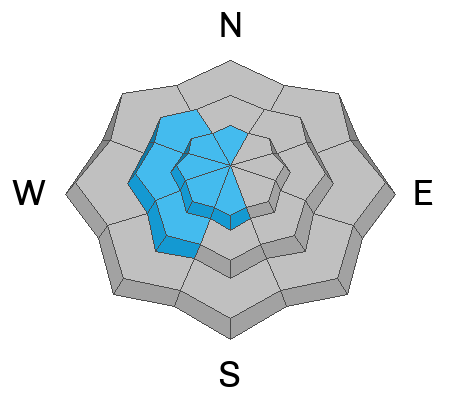Forecast for the Logan Area Mountains

Issued by Toby Weed on
Monday morning, January 2, 2023
Monday morning, January 2, 2023
The danger is HIGH in the backcountry. People are likely to trigger large and dangerous avalanches, and naturally occurring avalanches could be long-running and destructive. Heavy new snow and drifting created slabs of unstable snow on slopes with a sugary persistent weak layer buried 2 to 4 feet deep. Dangerous avalanches could be triggered from a distance or below.
- With very dangerous avalanche conditions in the backcountry, traveling in avalanche terrain is not recommended, and people should stay off and out from under slopes steeper than 30 degrees.

Low
Moderate
Considerable
High
Extreme
Learn how to read the forecast here












